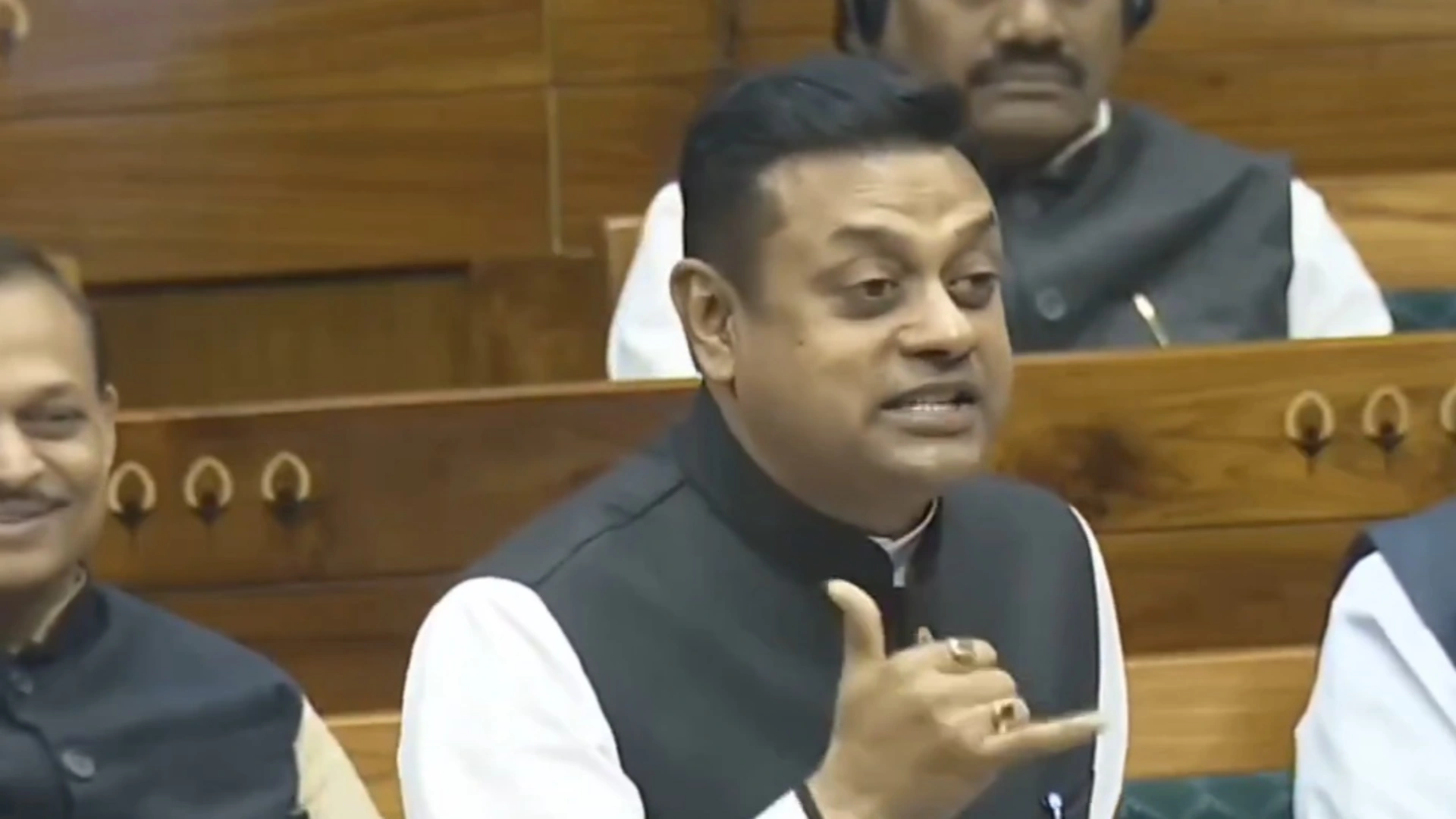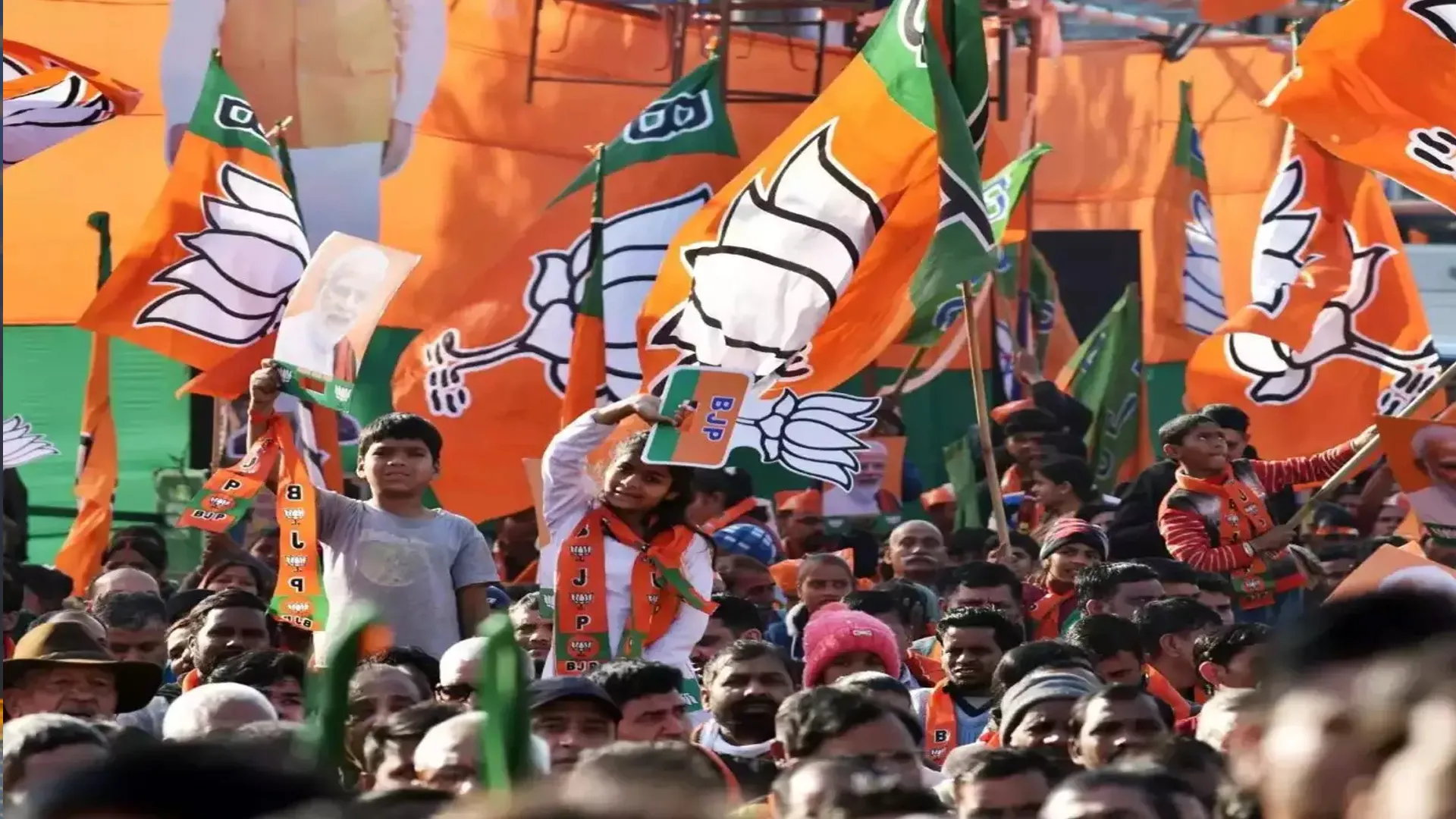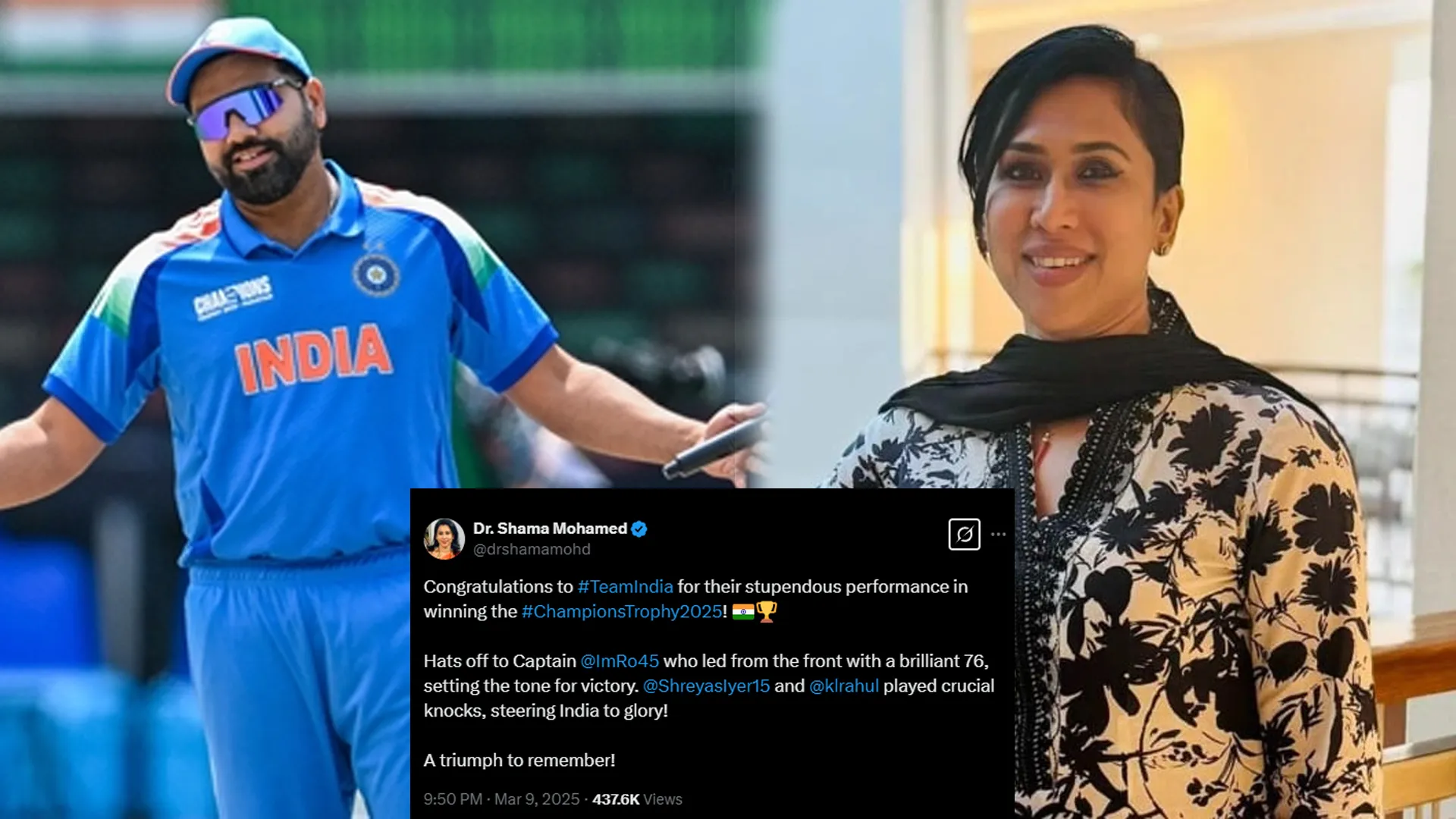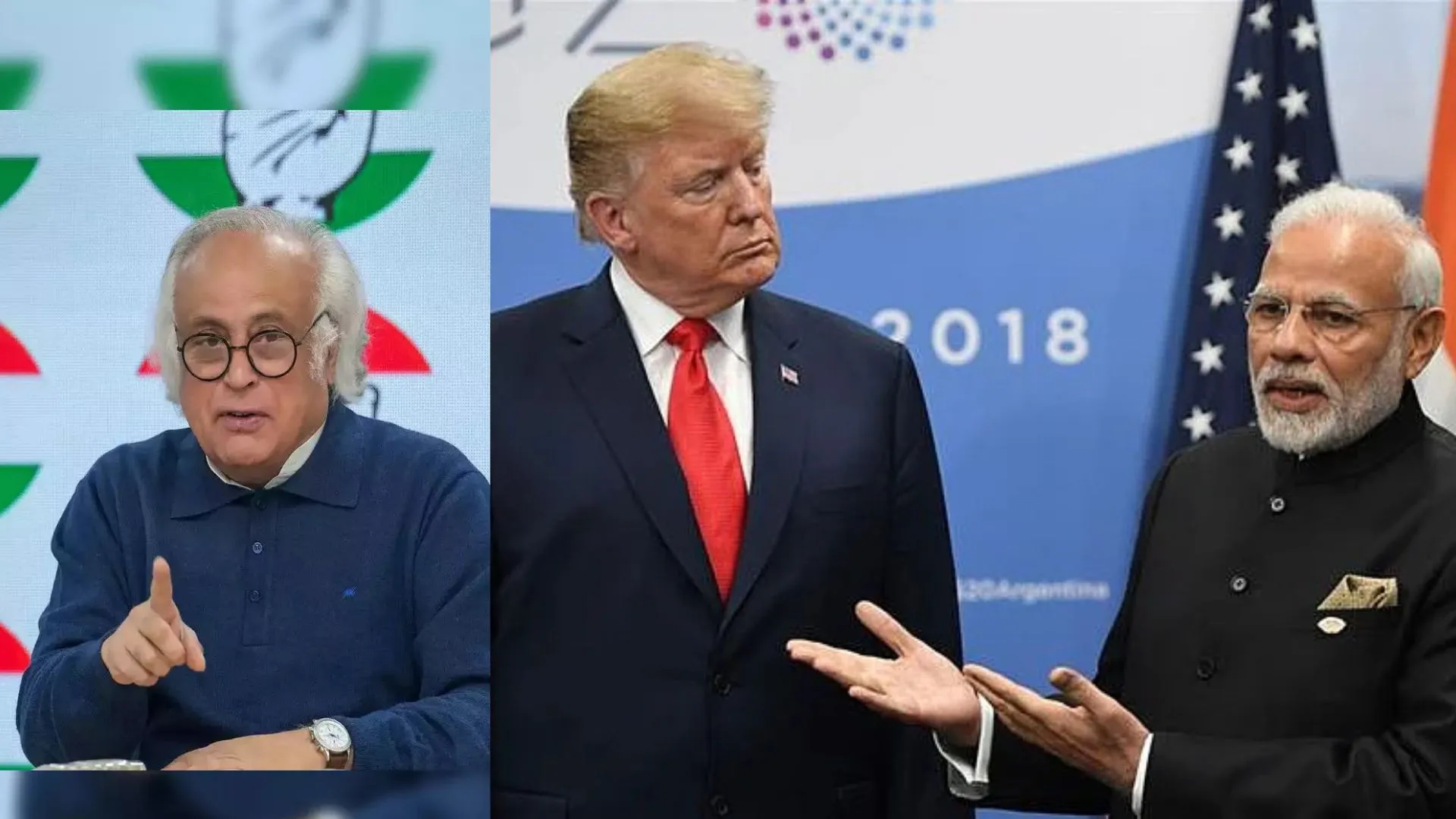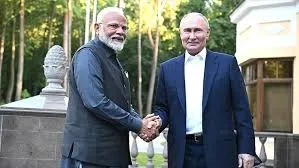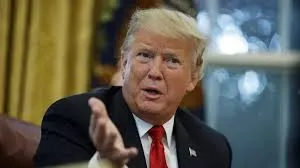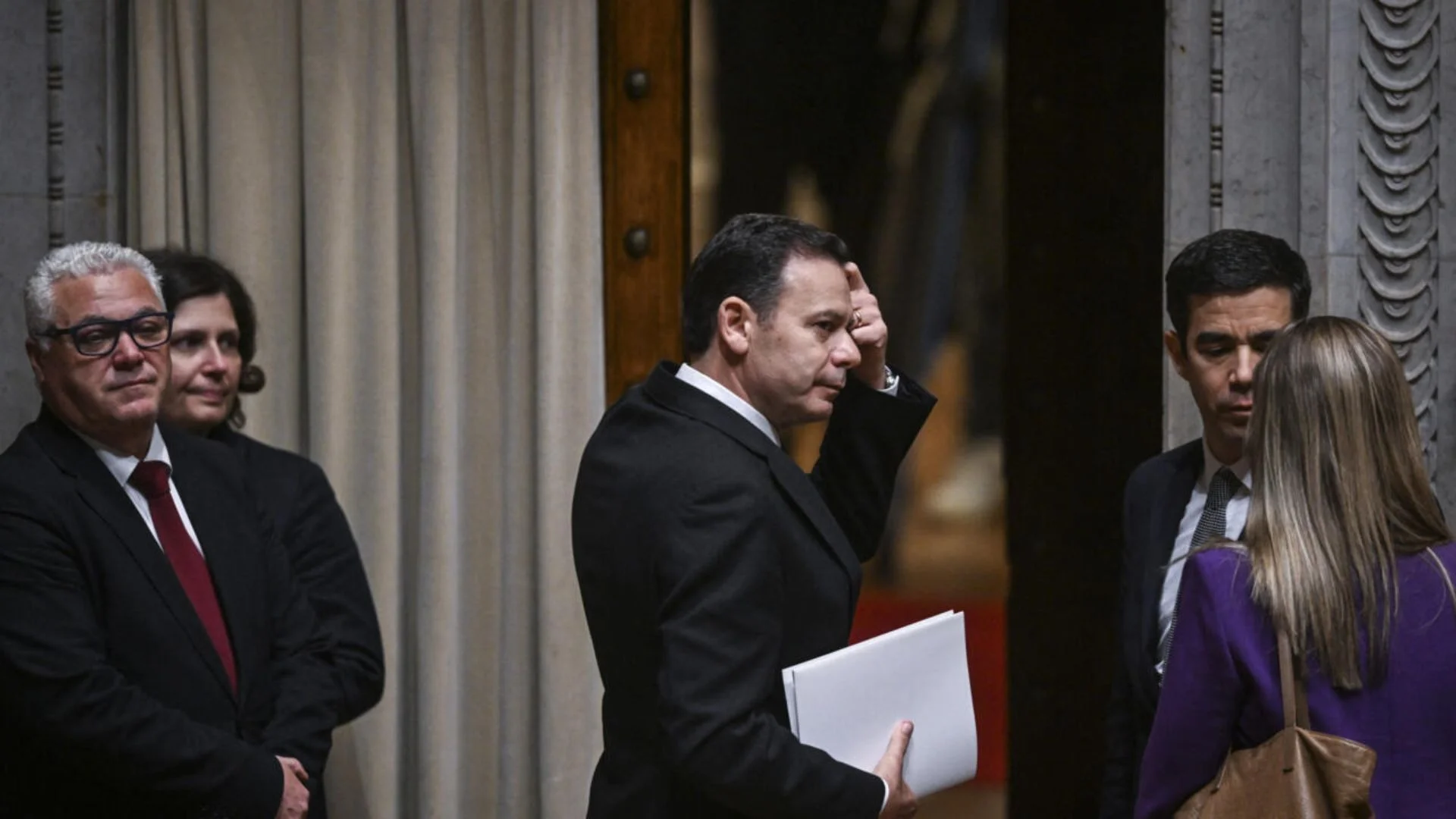Bharatiya Janata Party (BJP) spokesperson Sambit Patra recently brought attention to the 1971 Nagarwala scandal, describing it as an early instance of “phone banking.” Patra stated, “On May 24, 1971, Indira Gandhi called SBI’s Parliamentary Branch Manager & asked to release Rs. 60 LAKHS immediately. A Committee was set up that didn’t give any clearance to her. This is iconic Phone Banking Example.”
WATCH:
Sambit Patra:
"On May 24, 1971, Indira Gandhi called SBI's Parliamentary Branch Manager & asked to release Rs. 60 LAKHS immediately 🤯~ A Committee was set up that didn't give any clearance to her. This is iconic Phone Banking Example."
.@sambitswaraj Welcomes Mrs. Vadra 😂🔥 pic.twitter.com/ENIy1DOduC
— The Analyzer (News Updates🗞️) (@Indian_Analyzer) December 3, 2024
The incident involved a man impersonating then-Prime Minister Indira Gandhi to fraudulently obtain ₹60 lakh from the State Bank of India’s Parliament Street branch in New Delhi. On May 24, 1971, the bank’s chief cashier, Ved Prakash Malhotra, received a call from someone claiming to be Indira Gandhi, instructing him to release the funds for a “secret mission” related to Bangladesh. The caller provided specific code words for verification, convincing Malhotra of the call’s authenticity. Malhotra complied, handing over the money to a courier who used the agreed-upon code words. Later, upon seeking a receipt from the Prime Minister’s Office, Malhotra discovered that no such request had been made. The police swiftly arrested Rustom Sohrab Nagarwala, a former army captain, recovering most of the money. Nagarwala confessed to the crime and was sentenced to four years in prison but died in custody under mysterious circumstances.
The case led to various conspiracy theories, including speculations about the funds being intended for the Mukti Bahini in East Pakistan (now Bangladesh) or for other clandestine operations. In 1977, the Janata Party government established the Pingle Jaganmohan Reddy Commission to investigate the matter. The commission’s 820-page report criticized the handling of the case by law enforcement and the judiciary but did not conclusively determine the origins or intended use of the funds.
Patra’s remarks aim to draw parallels between past and present banking practices, suggesting that the Nagarwala incident serves as an early example of “phone banking” misuse. The term “phone banking” typically refers to conducting banking transactions over the phone, but in this context, Patra uses it to describe the alleged misuse of authority to influence banking operations.
Also read: Watch| Indian Railways Monthly Blanket Cleaning Technique
The Nagarwala scandal remains one of India’s most intriguing financial frauds, highlighting vulnerabilities in banking protocols and the potential for exploitation through impersonation.

